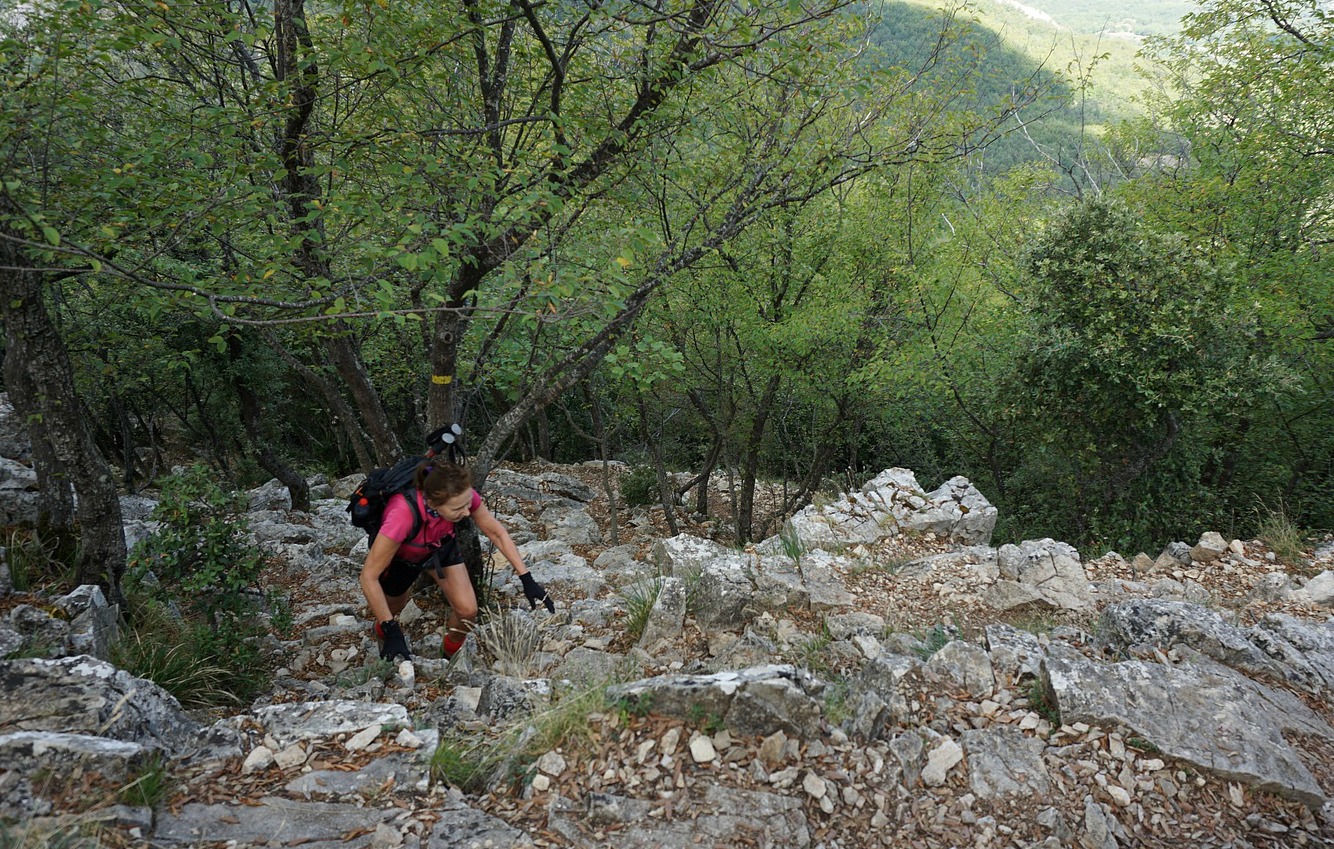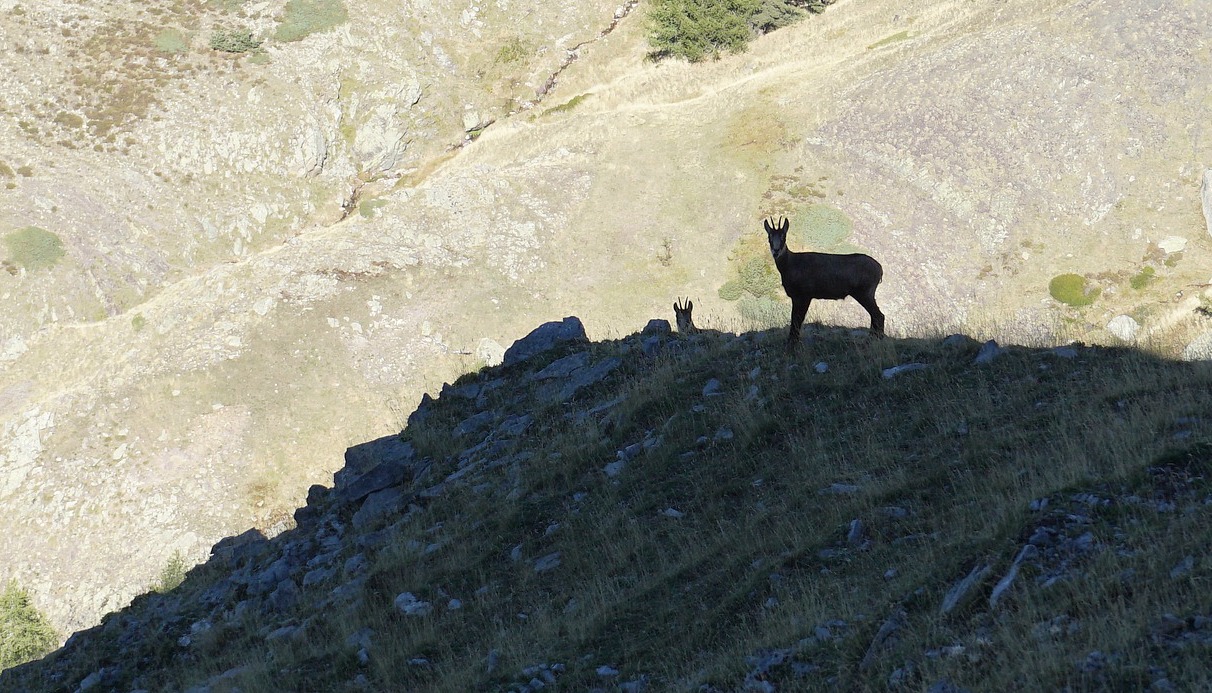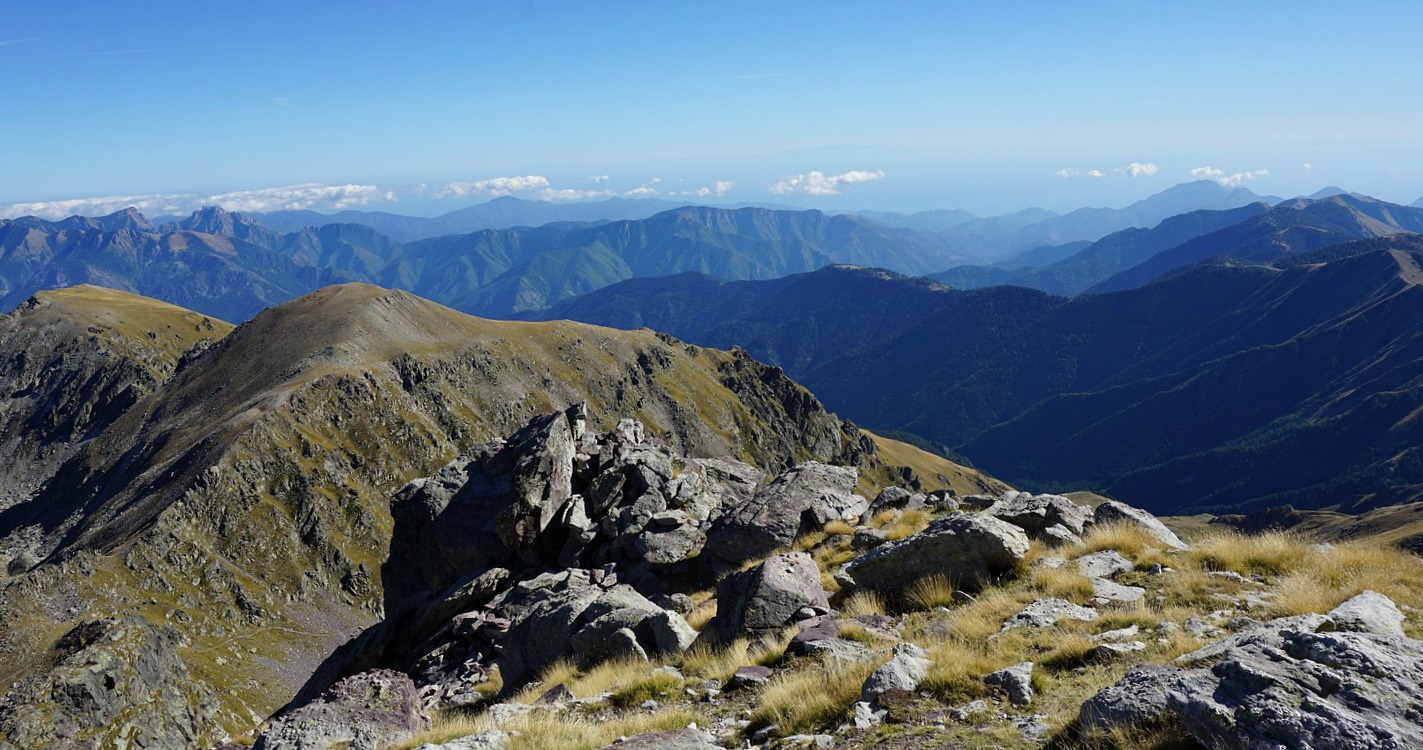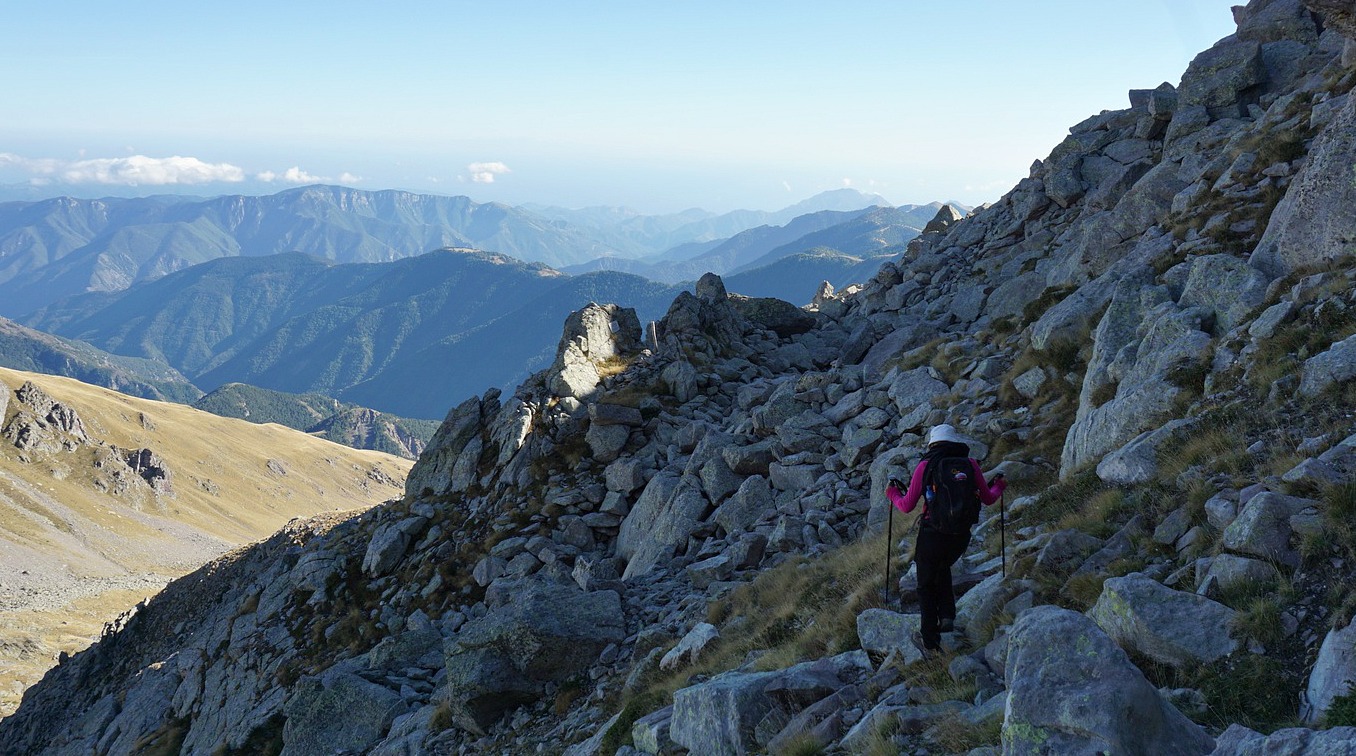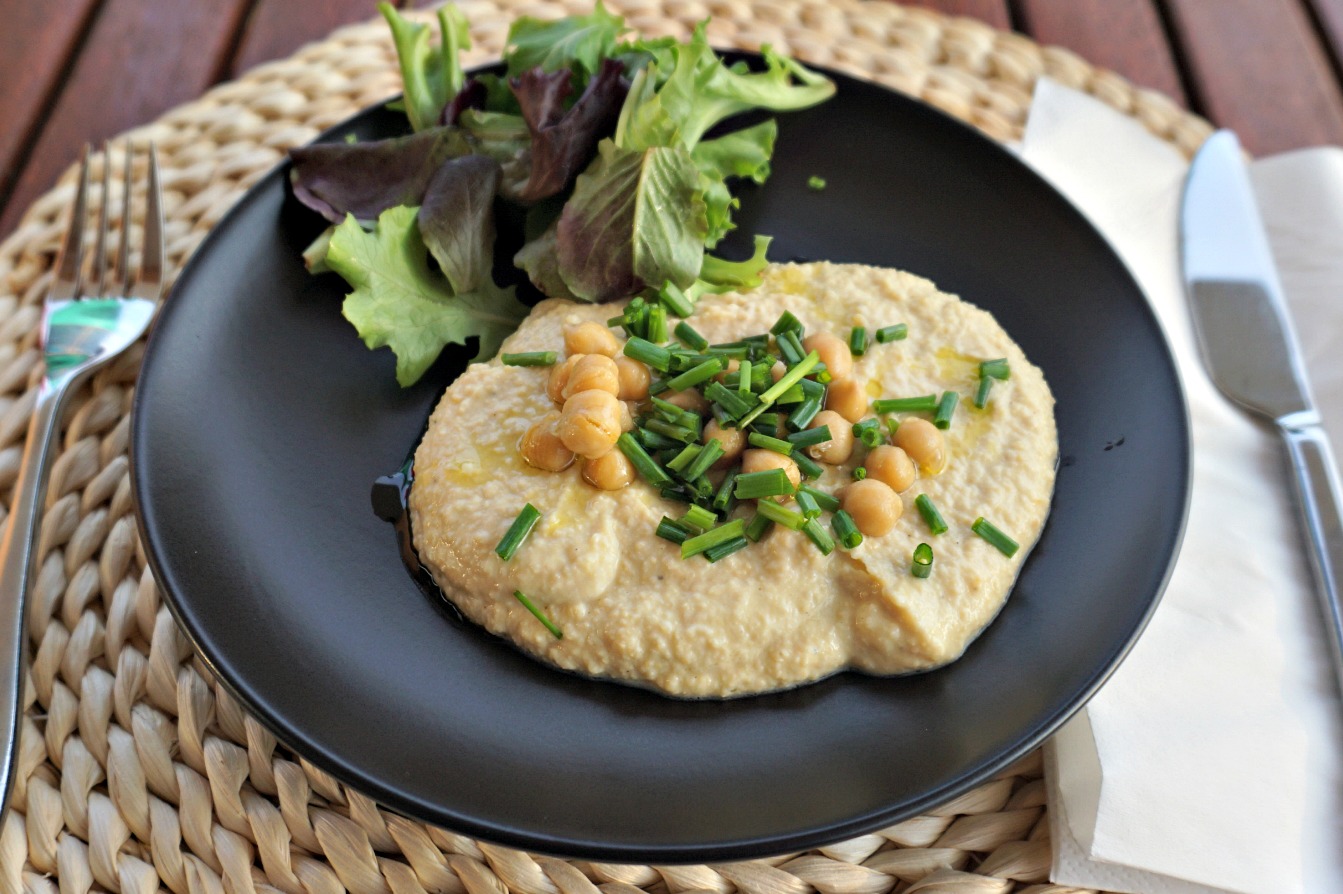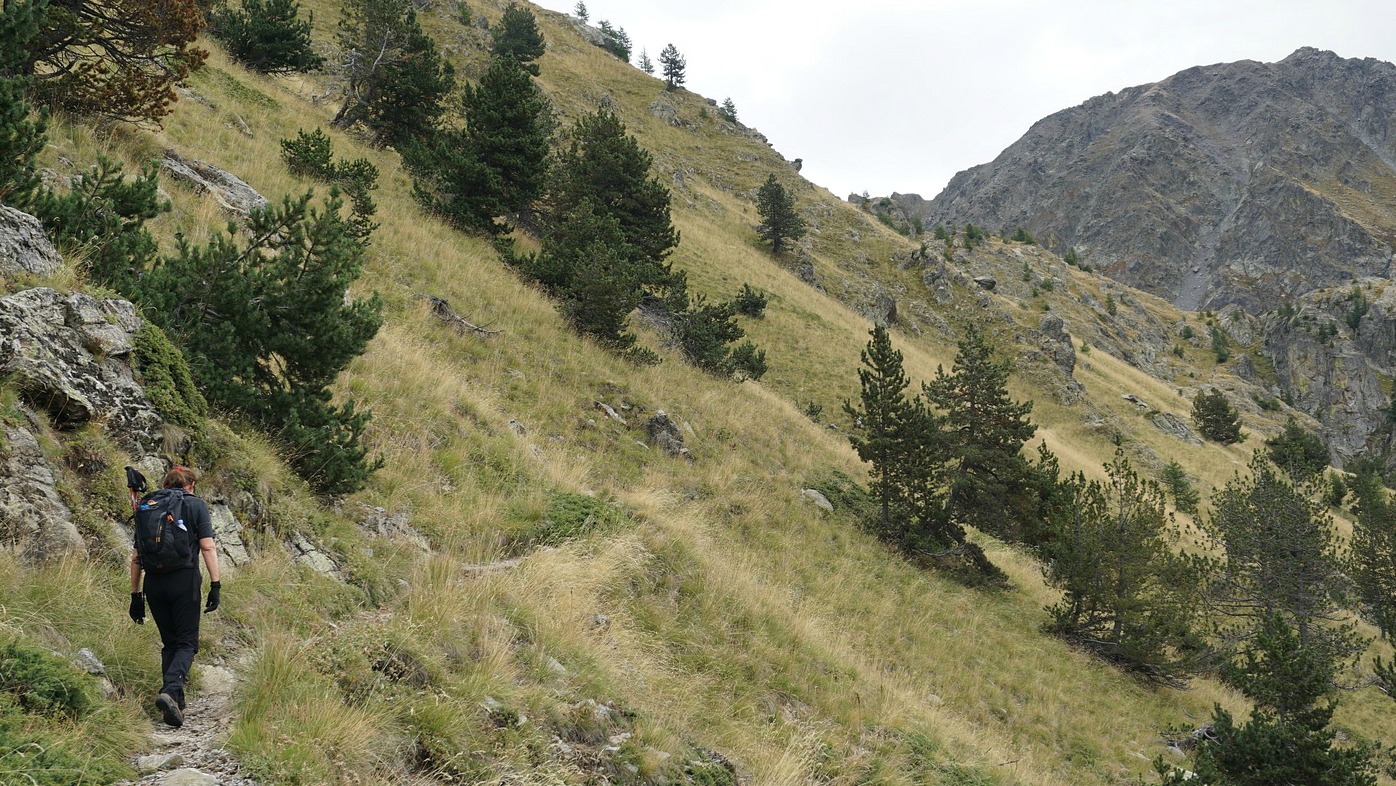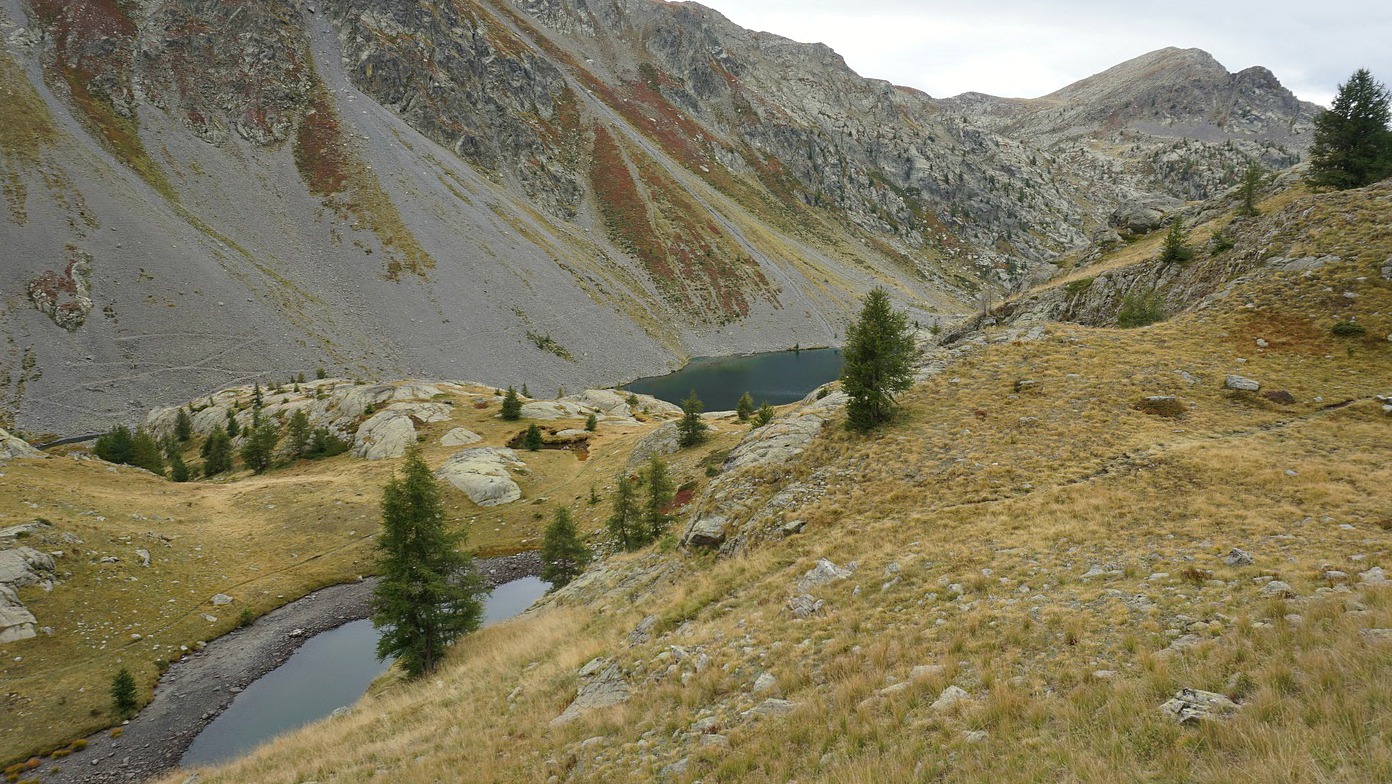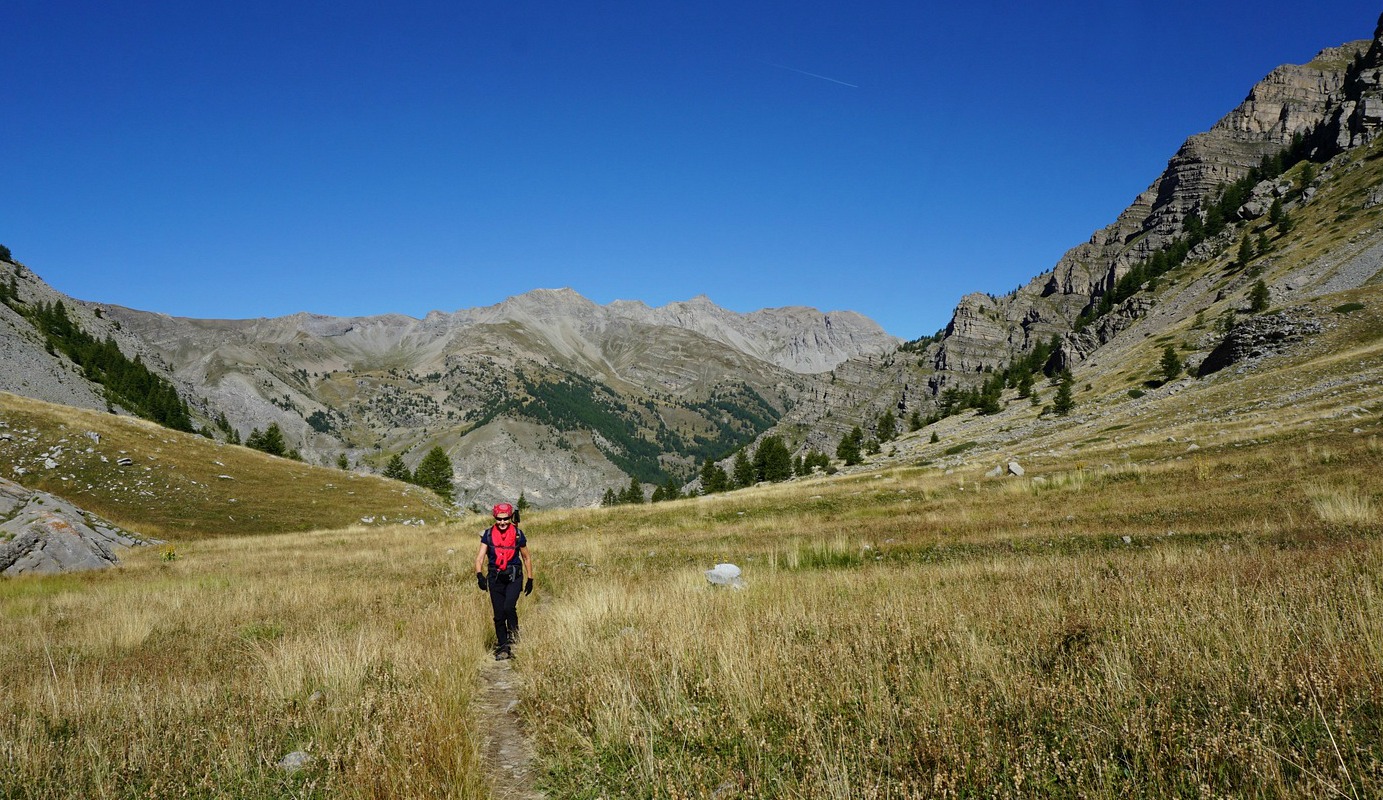Winter bowl with barley bulgur and scallops

For some time, we have bought almost all our vegetables and fruit from a local organic shop. The fresh produce is from France, Italy, and Spain and you can choose exactly the amount you need and place it in brown paper bags. This method effectively reduces waste and plastic packages.
Recently, I have discovered some delightful grain products in the shop, such as pre-cooked barley bulgur. This grain makes a nice change from quinoa in various vegetable bowls and salads.
2 servings
120 ml pre-cooked barley bulgur
2 carrots
1 parsnip
2 spring onions
3 tsp. capers
Freshly ground black pepper
8 large scallops
Hazelnut or almond powder
Olive oil
Dressing:
Juice of ½ lemon
4 tbsp. olive oil
Cook the barley bulgur covered in double amount of water over low heat for 15 minutes. Let stand covered for 10 minutes, then transfer into a salad bowl and fluff with a fork.
Finely chop the carrots and parsnip and microwave in a small amount of water until soft. Add to the salad bowl.
Wash and finely slice the spring onions. Add to the bowl. Add the capers and black pepper and mix.
Make the dressing by whisking together the lemon juice and olive oil. Add to the salad mixture.
Preheat the oven to 200°C roast. Place the scallops on an oiled oven-proof dish. Place 1 tsp. hazelnut powder and some olive oil over each scallop. Roast for 4- 5 minutes depending on the size of the scallops.
Divide the bulgur- vegetable mixture into two bowls and place the scallops on top. Decorate with some fresh herb.













